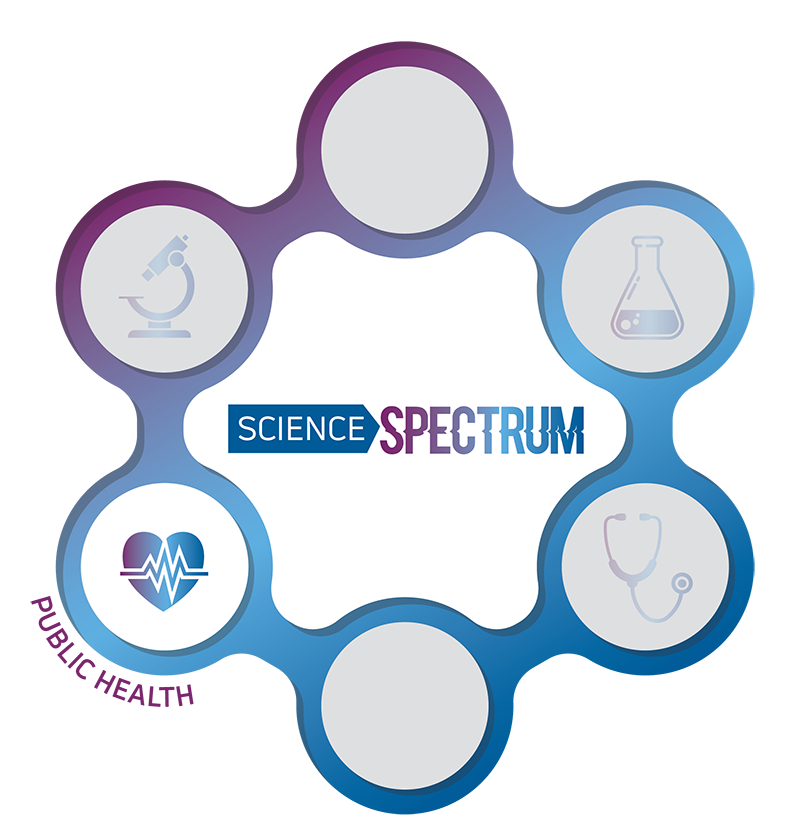The Health of Humanity: Population and Public Health

Today in the US, we view the tragedy of a child’s death as a rare event. Roughly four generations ago in 1900, however, these misfortunes were much more common as nearly one in three people who died then were children under five years of age. That rate had been reduced to 1.4 percent by 1997 thanks largely to the pioneering work of public health visionaries such as Lemuel Shattuck.
 Shattuck was a Boston politician, bookseller and publisher whose success in conducting an 1845 census of Boston culminated in an invitation to consult in Washington, DC, on the national census in 1850. Shattuck’s belief in data-driven solutions to social issues led to his appointment by the Massachusetts Legislature to spearhead a commission studying how to improve health conditions in the state. His 1850 report included 50 recommendations for creating a public health infrastructure to collect health information, advise governmental reforms and implement community interventions to ameliorate societal issues affecting people’s health, such as overcrowded housing, dangerous labor conditions and inadequate sanitation. He also developed a suggested state public health law that was enacted by the Massachusetts Legislature in 1866 and became the basis for public health laws in many other states.
Shattuck was a Boston politician, bookseller and publisher whose success in conducting an 1845 census of Boston culminated in an invitation to consult in Washington, DC, on the national census in 1850. Shattuck’s belief in data-driven solutions to social issues led to his appointment by the Massachusetts Legislature to spearhead a commission studying how to improve health conditions in the state. His 1850 report included 50 recommendations for creating a public health infrastructure to collect health information, advise governmental reforms and implement community interventions to ameliorate societal issues affecting people’s health, such as overcrowded housing, dangerous labor conditions and inadequate sanitation. He also developed a suggested state public health law that was enacted by the Massachusetts Legislature in 1866 and became the basis for public health laws in many other states.
Shattuck’s landmark report is a key milestone in a new era of public health in the US that achieved some of its most significant benefits through controlling the spread of infectious diseases. This was accomplished by vaccination campaigns, treating and filtering public water supplies to reduce waterborne diseases such as cholera and typhoid, governmental food inspections to remove contaminated goods from the marketplace and municipal garbage collection to control disease from rodents or other animals attracted to refuse, among many other achievements. These public health endeavors contributed significantly to reducing the spread of communicable diseases that were especially deadly to young children while also improving adults’ lifespans. Life expectancy grew from about 46 in 1900 to roughly 60 in 1921 and 76 at the turn of the millennium. Looking beyond the US, trailblazing efforts by UNICEF produced a “child survival revolution” through a focus on vaccinations as a low-cost solution that could yield massive results. Analysts have concluded that this strategy caused the worldwide child vaccination rate to increase from 20 percent in 1982 to 80 percent in 1990, saving the lives of 25 million children.
As successful as public health professionals have been at making our living and working environments safer and healthier, there still is plenty of room for continued improvement. Population and public health researchers focus on discovering and testing new approaches for improving the health and well-being of our communities.
While some experts have suggested a definition of population health as the “basic science” of public health with population health research uncovering fundamental factors influencing our collective health. In this definition, these findings can inform public health partnerships, programs and campaigns to create health improvement. Others would argue that public health research is a comprehensive term and population health is more of a synonym of public health. As this debate continues to evolve, what is clear is that population and public health research share the distinction of focusing on understanding the health of groups whereas biomedical research seeks to discover new treatments for use in clinical medicine, which is centered on the health of individual patients.
What exactly do population and public health scientists study? Some follow in Shattuck’s census-taking footsteps by tracking patterns in the occurrence and spread of disease. By routinely monitoring diseases, these experts known as epidemiologists can raise the alarm about emerging infectious diseases such as COVID-19 or provide needed information to those working on systemic issues such as the drug overdose epidemic. Others investigate how to best educate community members about improving their health through lifestyle changes and public health measures such as vaccinations and smoking cessation programs. Still others focus on positively influencing health through governmental policy, labor practices and international partnerships.
In one influential example, the Centers for Disease Control and Prevention published an article in its Morbidity and Mortality Weekly Report in 1987 that approximated the number of deaths ascribed to the behavior of cigarette smoking in the US. This study found that smoking was the leading cause of preventable deaths in the country. That year, nearly 29 percent of US adults smoked cigarettes. Thanks to continued research and evidence-based public health initiatives spurred by the CDC’s findings, the ratio of US adults smoking cigarettes has dropped in 2023 to an all-time low of about 11 percent or one in every nine adults.
Through reducing infant and child mortality, preventing the spread of disease and teaching the public about health risks and healthy behaviors – among many other benefits – population and public health research and practice have made it safer and healthier for us all to live and work together. While population and public health science and solutions are complex, the goal is simple – advance the health of humanity, now and into the future.





